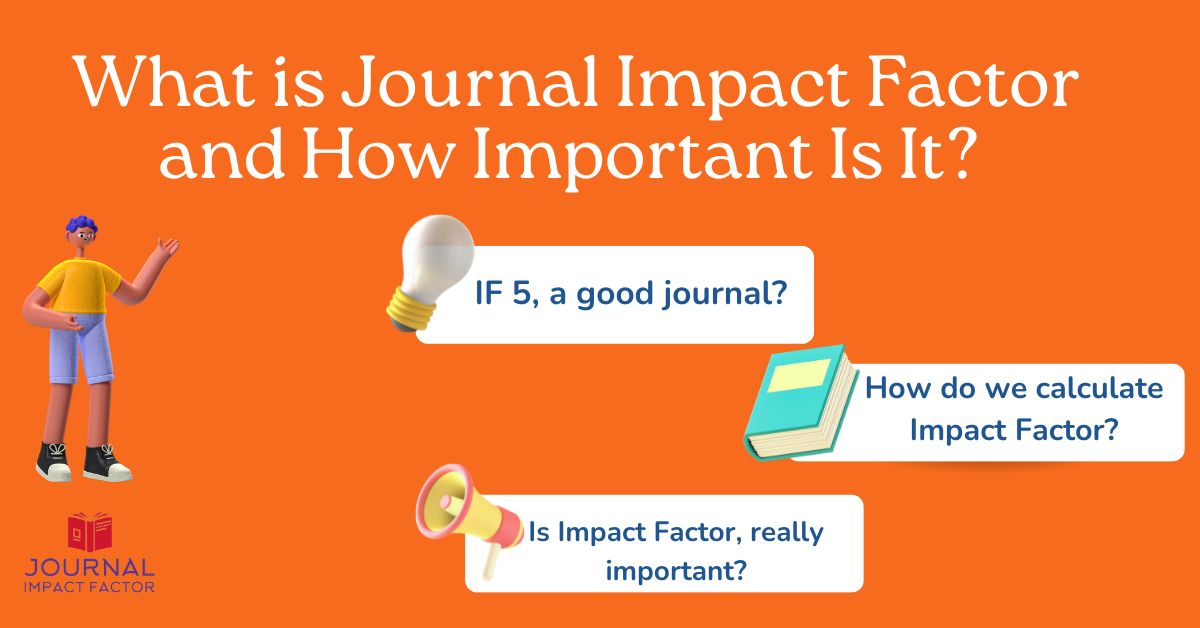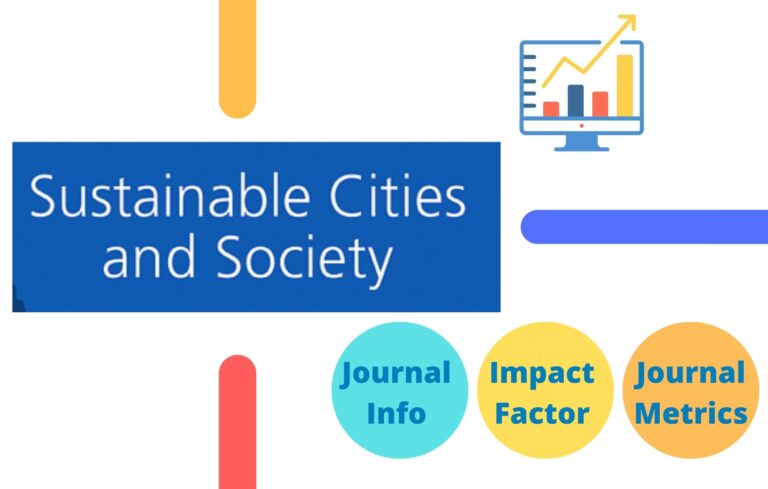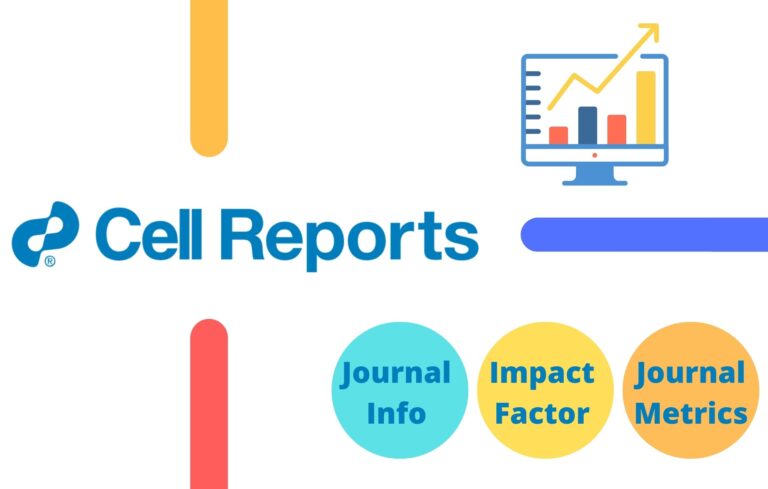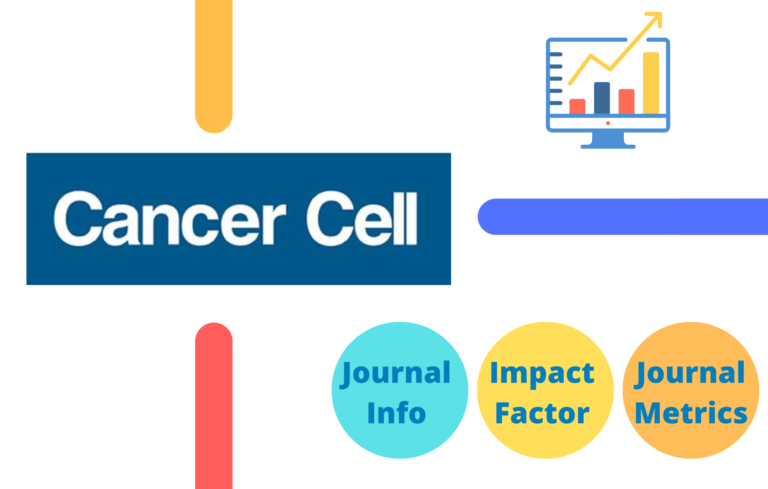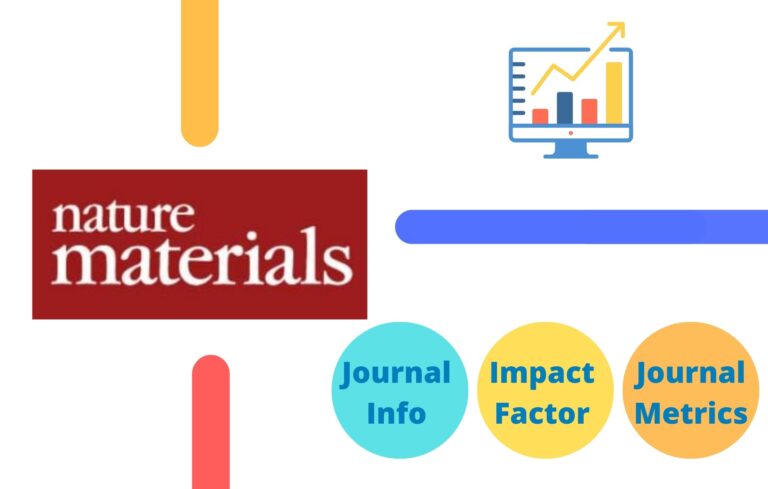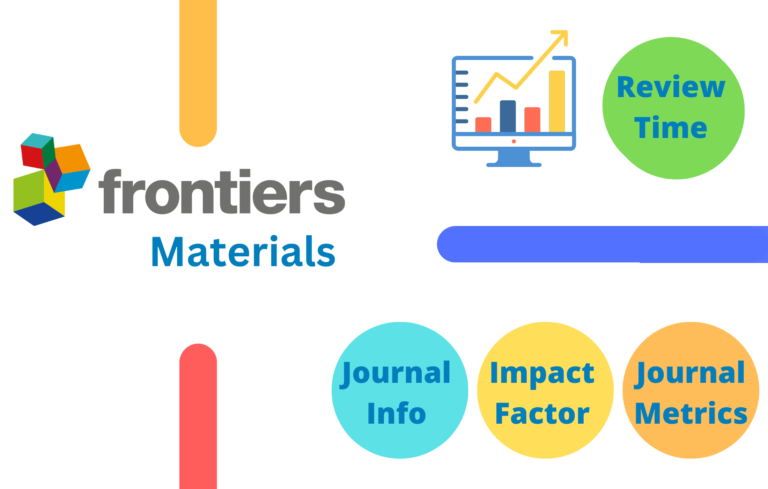The impact factor is a metric used to evaluate the relative importance of a journal within its field. It was first introduced in the 1960s by Eugene Garfield, the founder of the Institute for Scientific Information (ISI).
What is Journal Impact Factor?
Impact Factor (IF) or often called journal impact factor (JIF) is an index provided by an analytics company named Clarivate. Impact Factor is a measure of the frequency with which the average article in a journal has been cited in a particular year.
How Impact Factor is calculated?
It is calculated by dividing the number of citations received by the number of articles published in a journal in the two preceding years.
- Total Citations in 2020 and 2021 = 500
- Total Number of Publications in 2020 and 2021 = 100
- Impact Factor of the Journal in 2022 = 500/100 = 5
Tools to Measure Journal Impact factor
There are several tools available to measure the impact factor of a journal, some of the most widely used include:
1. Journal Citation Reports (JCR)
Provided by Clarivate Analytics, JCR is one of the most widely used databases for journal metrics. It provides information on the impact factor, number of articles published, number of citations received, and other data for journals in the sciences and social sciences.
Journal Citation Reports (JCR) is a database provided by Clarivate Analytics (formerly part of Thomson Reuters) that tracks and measures the impact of academic journals. It provides a variety of metrics and data on journals in the sciences and social sciences, including the journal impact factor (JIF), which is a measure of the frequency with which the average article in a journal has been cited in a particular year.
JCR also provides information on the number of articles published in a journal, the number of citations received by the journal, the number of citations per article, the immediacy index (the average number of times an article is cited in the same year it is published), and the five-year impact factor (an average of the JIF for the past five years).
2. Scopus
Developed by Elsevier, Scopus is a large database of scholarly literature that includes journal metrics such as the h-index, which measures the productivity and impact of a journal or author.
3. Web of Science
Another database provided by Clarivate Analytics, Web of Science is a research tool that allows users to search for articles, conference proceedings, and other scholarly literature. It also provides journal metrics such as the journal impact factor.
4. Google Scholar Metrics
Google Scholar Metrics is a free tool that provides data on the visibility and influence of scholarly journals. It uses data from Google Scholar to calculate metrics such as the h-index and the i10-index (number of papers with at least 10 citations).
It’s worth noting that different tools may use different algorithms and data sources to calculate journal metrics, and the results may vary slightly. Therefore, it’s important to use multiple tools to get a more comprehensive view of a journal’s impact.
Reliability of the Impact Factor
The impact factor is a widely used metric to measure the relative importance of a journal within its field. However, it is important to note that the IF has several limitations and criticisms, and its reliability has been the subject of much debate.
One of the main criticisms of the IF is that it is based on a narrow set of data (only the number of citations received by articles published in the journal over a two-year period) and does not take into account other factors that may impact the quality and importance of a journal or its articles, such as the peer-review process, the reputation of the editorial board, or the relevance of the journal to the field.
Another criticism is that it does not take into account the self-citation (citation from journal’s own articles), the IF can be artificially inflated by a journal that encourages its authors to cite articles from the same journal.
Additionally, the IF is only a measure of the average number of citations per article, it does not indicate the quality or impact of individual articles. Therefore, it may be misleading to use the IF as a sole indicator of a journal or article’s quality or importance.
It is also important to note that the IF can be affected by the size of the field, a journal publishing in a smaller field may have a higher IF due to the fewer number of journals in the field, while a journal in a larger field may have a lower IF but still be considered as a reputable journal.
In conclusion, while the IF can be a useful tool for evaluating the relative importance of a journal within its field, it should not be used as the sole indicator of a journal or article’s quality or importance, other metrics and factors should be taken into account to make a comprehensive evaluation.
What is considered a high Journal Impact Factor?
A high Journal Impact Factor is generally considered to be above 6.0. However, it is important to note that the Impact Factor is just one measure of a journal’s quality and should not be used as the sole criterion for evaluating a journal or article.
Other factors, such as the reputation of the journal, the scope and focus of the journal, and the number of articles published in the journal, should also be taken into account when evaluating the quality of a journal.
What is Median Impact Factor?
The median Impact Factor is the middle value of a set of Impact Factors for a group of journals within a specific field or subject area. It is a measure of the typical Impact Factor for journals within a given field.
For example, if a group of 10 journals in a specific field has Impact Factors of 2.0, 2.5, 3.0, 3.5, 4.0, 4.5, 5.0, 5.5, 6.0, and 6.5, the median Impact Factor would be 4.5, as it is the middle value when the Impact Factors are listed in numerical order.
The median Impact Factor is often used as a benchmark to compare the Impact Factor of a particular journal with the typical Impact Factor for journals within the same field. It can also be used to identify fields where the Impact Factors are generally lower or higher.
Should you care about the impact factor Journal?
Whether or not you should care about the impact factor of a journal depends on your specific needs and goals. For some researchers, publishing in high-impact journals is important for advancing their careers and building their professional reputations.
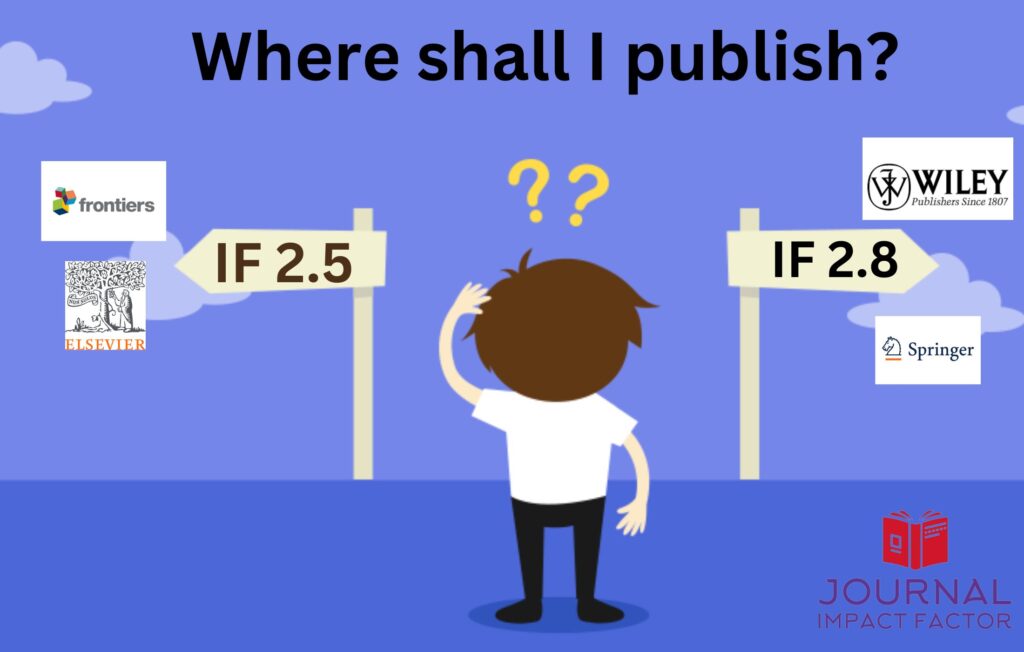
For others, the most important factor may be the audience or readership of a particular journal. Additionally, Some fields have more stringent criteria for publishing papers, thus it may be important to publish in high-impact journals to be considered as a reputable researcher.
On the other hand, some fields may not be as concerned about the journal’s impact factor, the most important thing is the content and the advances in the field.
